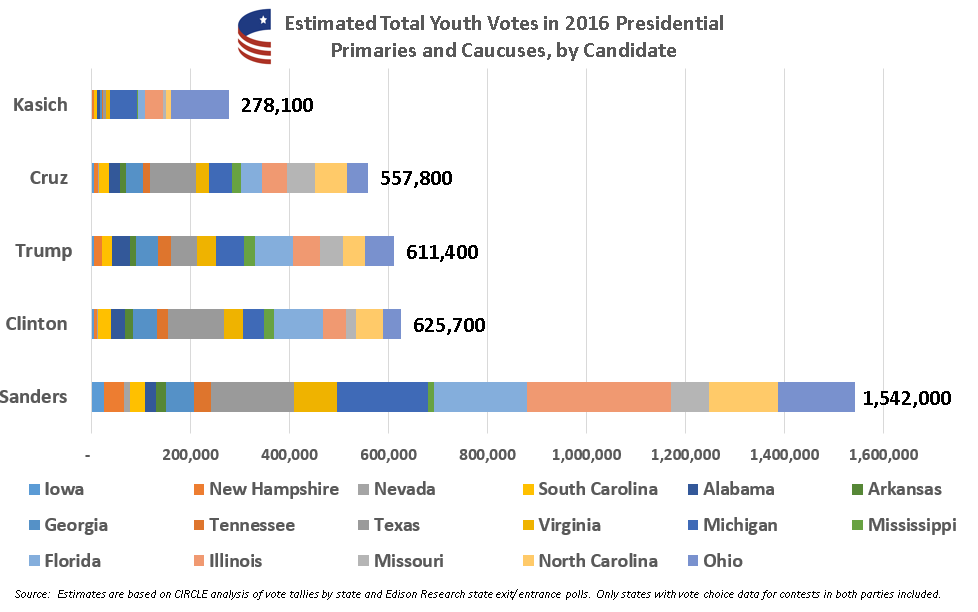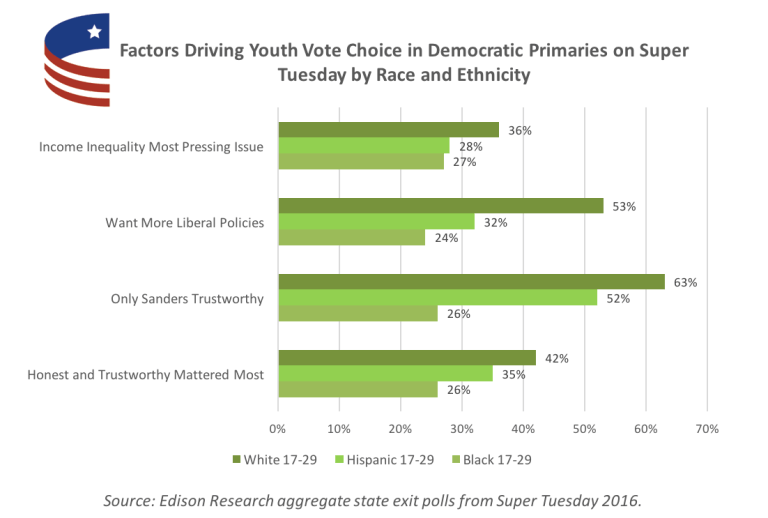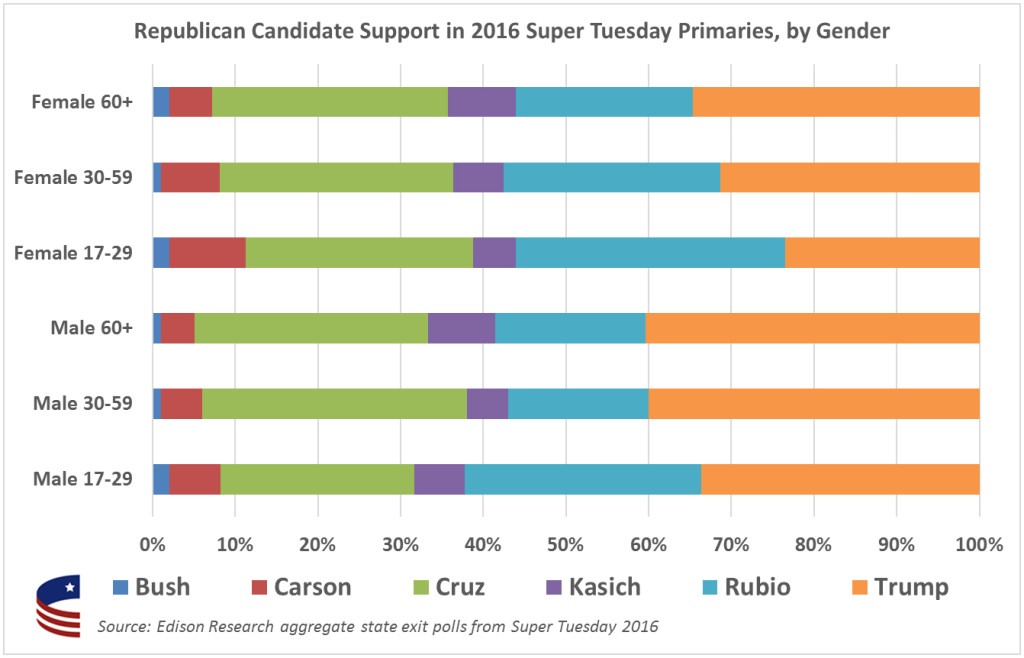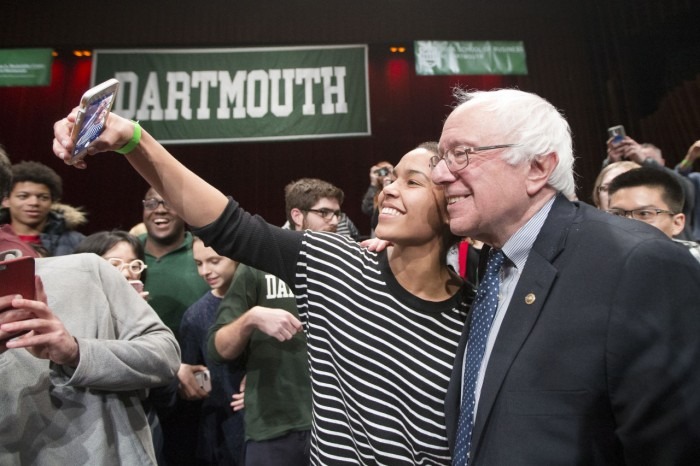I am not particularly good at watching television shows. I loved watching shows like Breaking Bad, and Entourage and even 24, but I never started those series from the beginning. Once the shows got super popular I jumped on the bandwagon and was entirely reliant on my friends to explain to me what was going on. However, I’ve followed politics like a soap opera since I could read. The buzz around this election is kind of like the buzz around Breaking Bad’s final season. And now all my friends are jumping on this politics bandwagon and I get to repay their patience and kindness by answering all their questions. What is the point of me saying all of this? Well it’s a way to illustrate that my friends (aka young voters) are as tuned into this show as they are to Game of Thrones, and that the youth vote is really playing a role as we select our next president.

The big narrative about the youth vote is that citizens aged 17-29 are propelling Bernie Sanders and helping him keep the race tight. That certainly is true. Sanders received over 1.5 million votes from folks aged 17-29 in the first 17 primaries and caucuses, nearly three times as much as the next closest candidates, Hillary Clinton (625,000) and Donald Trump (611,000). But when you add up the totals of the 5 candidates still in the race, 57% of the youth vote is not supporting Sanders. There is far more to the story of the 2016 youth vote than Senator Sanders’ campaign. So let’s look at CIRCLE’s (The Center for Information & Research on Civic Learning and Engagement) analysis of the youth vote on and after Super Tuesday.
The youth voting trends are different for both parties. On the Democratic side, Super Tuesday results were very stratified by race. About 60% of young White and Latino voters favored Sanders. But 60% of young Black Democrats pulled the lever for Clinton. Not surprisingly more than half of young White and Latino voters felt only Sanders was trustworthy, while only a quarter of the young Black voters felt that way. What is a bit more surprising is that more than half of the young White voters wanted more liberal policies, whereas only 32% of Latino and 24% of Black voters felt that way. This indicates that the leftward shift of young voters is not universal among Democrats, but merely a trend among White Democrats.

On the GOP side it seems like gender was the big predictor of Super Tuesday candidate support. In all but one subset of the population, Donald Trump received a plurality of votes, the lone holdout being women 17 through 29, where he only received 23% of the vote (for context men under 30 gave Trump 33% percent of their votes. Young women disproportionately voted for Marco Rubio (33%) and Ben Carson (10%), two candidates no longer in the race. Also, no one tell Beyonce, but there weren’t that many independent women who voted in the GOP primaries. Only 26% of young women identified as independents while 40% of young men did not claim the GOP mantle.

I want to end this with a big round of applause for all of us young voters. If you thought we showed up to vote in 2008, you ain’t seen nothin yet. The total youth vote is up for both parties from 08 and the GOP has seen an astronomical increase in young voters from 2012. CIRCLE looked at data from 16 states, and back in ‘08 about 2.3 million young voters showed up to the primaries; whereas for this cycle almost 3 million voters 17-29 cast ballots. That’s a 30% increase over the last 8 years. And regardless of which party, gender or race you identify with, that statistic is promising!
